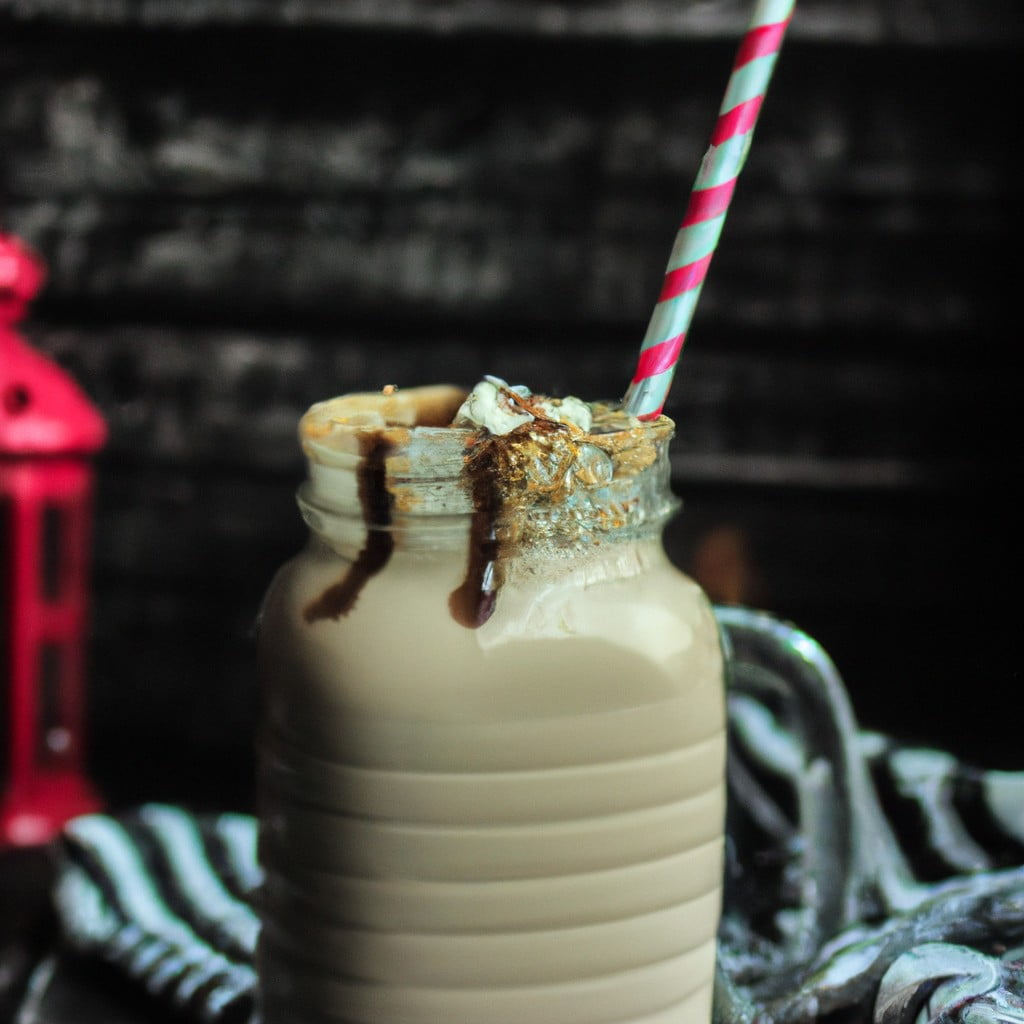Learn the simple steps to create a refreshing frozen hot chocolate, perfect for satisfying your sweet tooth on a warm day.
Key takeaways:
- Use milk, cocoa powder, sugar, and ice for the base.
- Choose high-quality chocolate for a rich flavor.
- Melt chocolate with milk, then blend with ice.
- Serve in tall glasses with whipped cream and toppings.
- Frozen hot chocolate is a sweet and indulgent treat.
Inside
Ingredients in Frozen Hot Chocolate

A basic frozen hot chocolate blend consists of milk, cocoa powder, sugar, and ice. For a richer taste, some opt to include chocolate syrup or melted chocolate. Full-fat milk or cream deepens the flavor and consistency, but non-dairy alternatives like almond or oat milk are suitable for those avoiding dairy.
For sweetness and added texture, consider powdered sugar as it dissolves smoothly. Adding a pinch of salt can balance sweetness and enhance the chocolate profile. Vanilla extract is a popular addition for those seeking a nuanced flavor dimension.
Ice is fundamental to achieving the slushy texture typical of frozen hot chocolate. The amount of ice affects the drink’s thickness, so adjust according to preference. Optional mix-ins include flavored syrups, spices such as cinnamon or nutmeg, or whipped cream for garnish.
What Type of Chocolate to Use
Selecting the proper chocolate is essential for achieving a rich and indulgent frozen hot chocolate. High-quality chocolate, whether dark, milk, or white, ensures a deep, satisfying flavor. Dark chocolate with a cocoa content of at least 70% provides a robust taste with less sweetness. Milk chocolate offers a creamier, sweeter profile suitable for those who prefer a milder chocolate flavor. White chocolate delivers a buttery and sweet essence, creating a lighter version of the classic treat.
Always opt for chocolate bars over chips, as bars melt more smoothly, resulting in a superior texture. Cocoa powder can serve as a base or enhance chocolate bars, adding complexity to the flavor profile. The bottom line: choose a chocolate that caters to your personal taste preferences and the richness desired in your frozen concoction.
How to Make Frozen Hot Chocolate
Begin by combining your preferred chocolate, milk, and any additional flavors, such as vanilla or cinnamon, in a saucepan over low heat. Stir until the chocolate has fully melted. Allow the mixture to cool to room temperature, then pour it into a blender.
Add ice cubes to the blender, typically around a cup per serving, depending on your desired consistency. For a smoother texture, use crushed ice. Blend the mixture until it achieves a slushy-like consistency. To adjust thickness, add more ice to thicken or a splash of milk to thin it out. If a sweeter taste is desired, incorporate a sweetener like sugar, honey, or a sugar substitute before the final blend.
Once blended to the perfect consistency, pour the mixture into glasses and serve immediately. Optional whipped cream and chocolate shavings can be added on top for an extra indulgent touch.
Serving Suggestions
Pour the blended mixture into tall glasses for a classic presentation or use mason jars for a rustic touch.
Top with whipped cream and sprinkle with chocolate shavings or dust with cocoa powder for added decadence.
Stick a colorful straw in the glass to give it a fun and inviting look.
For an extra touch of elegance, garnish with a sprig of mint or add a cinnamon stick.
Serve immediately to enjoy the slushy consistency at its best.
Consider offering a variety of toppings like mini marshmallows, crushed cookies, or candy pieces to allow guests to customize their drink.
Nutrition Information
Considering the indulgent nature of frozen hot chocolate, it typically contains a significant amount of sugar and calories. A standard serving can have upwards of 300-500 calories, largely depending on the serving size and toppings used, such as whipped cream or chocolate shavings.
It also provides a moderate amount of calcium and a small amount of iron, sourced primarily from the milk and chocolate, respectively.
To cater to various dietary requirements, there are options to modify the nutritional content. Using low-fat milk or milk alternatives such as almond, soy, or oat milk can reduce calorie and fat content. Sugar-free chocolate and sweeteners offer a way to cut down on sugar intake.
Regardless of the variations, it is generally considered a dessert or treat rather than a healthful drink. Moderation is key for those watching their caloric and sugar consumption.




